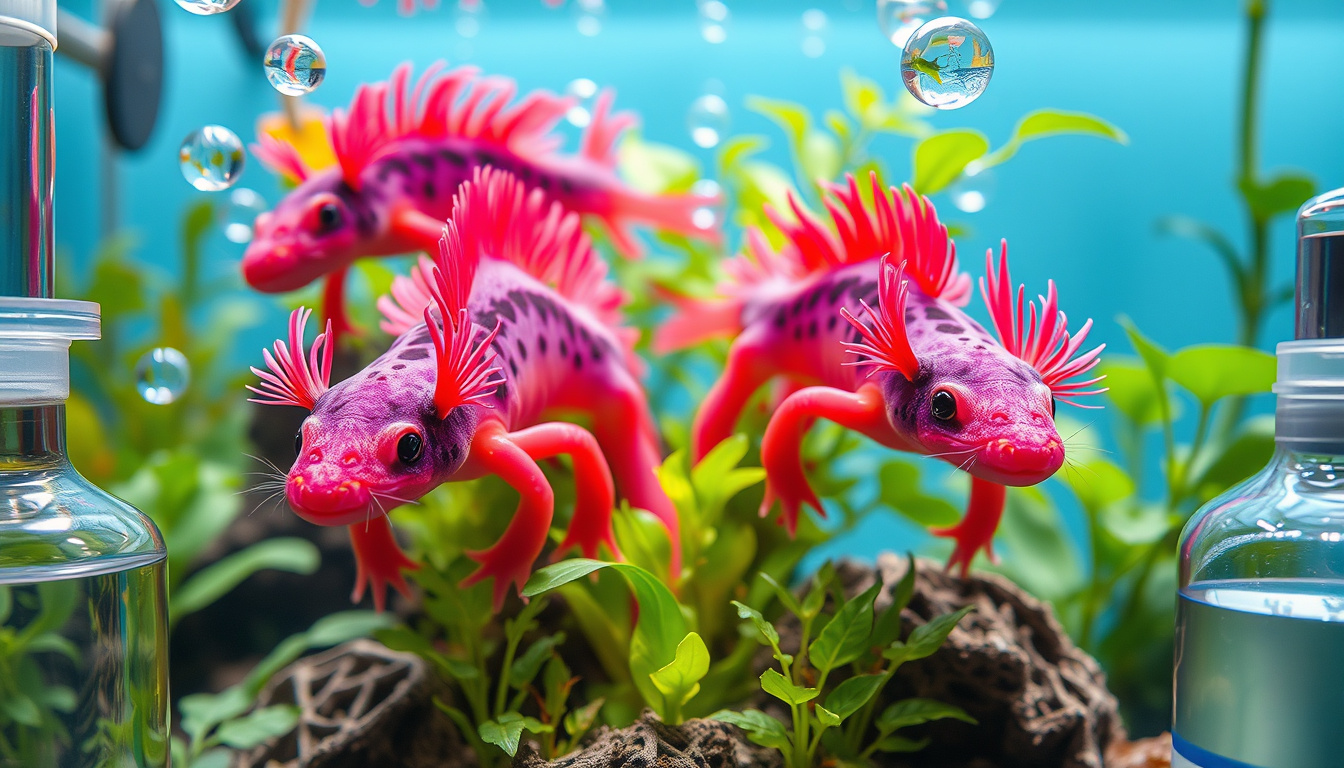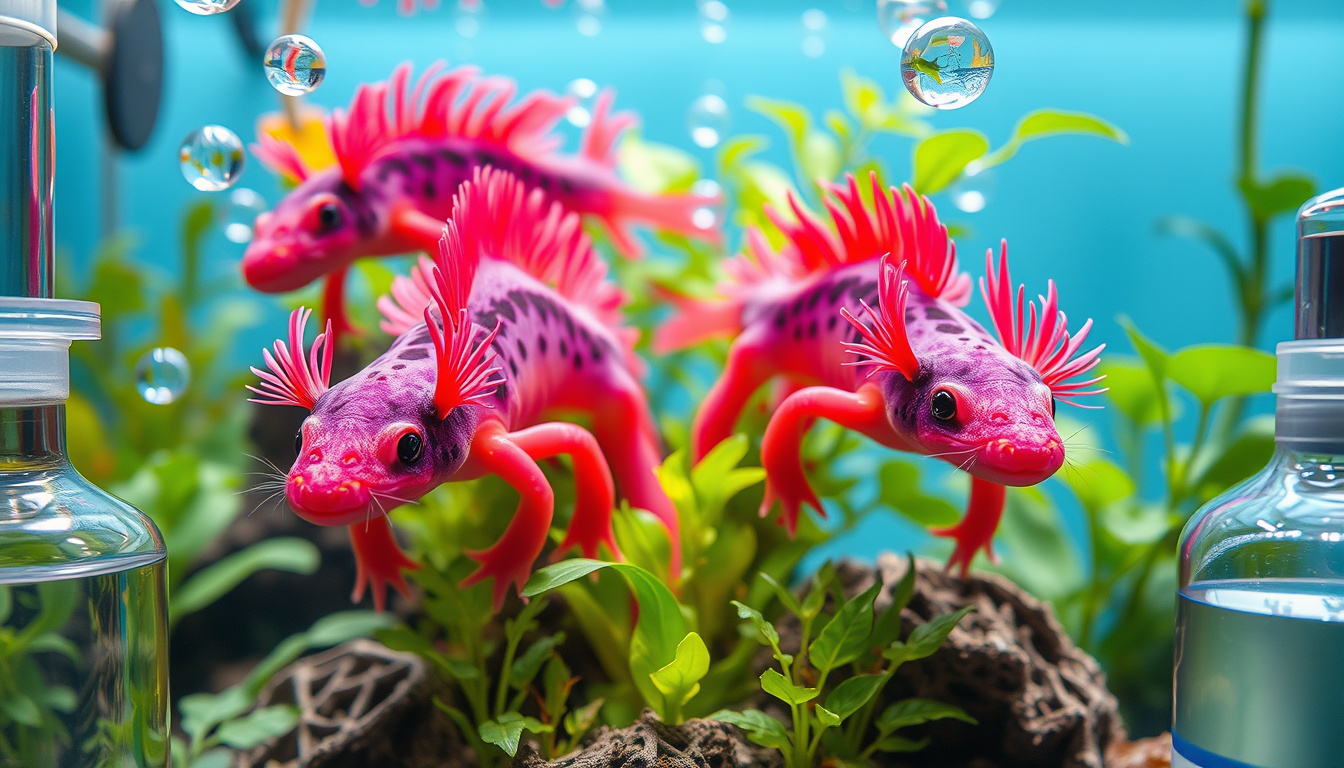If you’ve ever encountered the adorable axolotl, commonly referred to as the ‘Mexican walking fish,’ you’re not alone!
These fascinating creatures have taken the scientific community by storm with their remarkable regenerative abilities and unique characteristics.
Axolotl research is unlocking secrets that could revolutionize our understanding of biology, medicine, and conservation.
In this article, we’ll dive deep into the enchanting world of axolotls, exploring their significance in scientific research, the groundbreaking discoveries scientists are making, and the critical conservation efforts needed to protect these incredible beings.

November 2025

